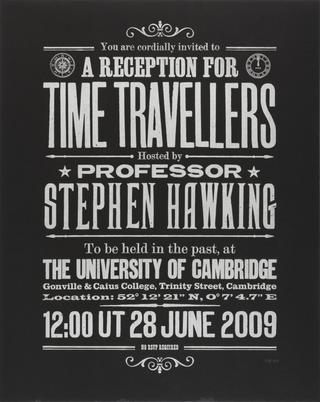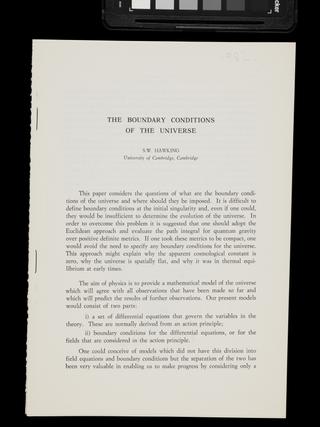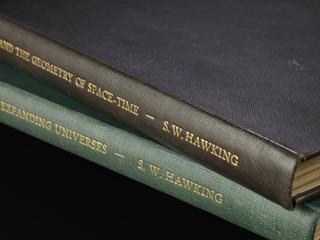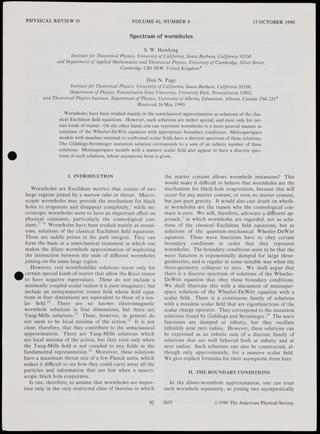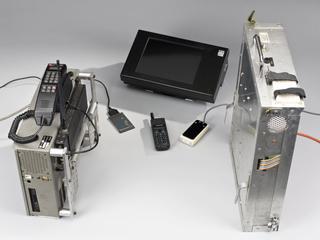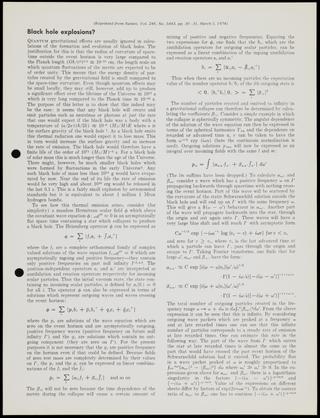
Book with theory on widespread presence of organisms deep underground, by the co-author of the steady-state theory of the universe
- maker:
- Thomas Gold








Gold, T., Deep hot biosphere, Copernicus, an imprint of Springer, 1999. Dedication by Robert Hefner on half-title page.
Thomas Gold, who proposed many controversial theories, including that hydrocarbons like oil and coal have a non-biological origin, was originally a prolific astrophysicist. He had co-authored with Hermann Bondi the steady-state theory of the universe, which competed with the big bang in the 1960s. He was also the first astrophysicist to interpret pulsars as neutron stars. This background as an astrophysicist is the likely reason why one of his more controversial books is in Hawking's library.
Robert Hefner, author of the dedication in this book, was his associate in deep-drill experiments conducted in the 1980s to prove his hydrocarbon theory.
Stephen Hawking's office contained more than 300 books, all located on the bookshelves above the kitchen counter. They date as early as his student years, and the bulk corresponds to his long professional career from the 1960s to the 2010s. From the 1990s onwards Stephen would have used digital versions increasingly, so the books in his bookcases were a select subset. While some items are rare copies -like the dissertations he advised or book drafts- most of the library contents are rather standard prints. The majority contain significant individual marks, and even for those that do not, the connection to Hawking is evident. Books by friends and colleagues often contain inscriptions and inserts that evidence their relationship. Others remind of places he visited, conferences he attended, or relate to having become a celebrity and inspiration throughout the world. Of the books that he authored, there are usually multiple versions, translations, and occasionally draft versions. A good portion of the books also contain inserts such as notes by the authors or editors, receipts, and occasionally unrelated material that found its way into them around the time of their acquisition. A portion of them has also been bookmarked with post-its by Stephen's assistants pointing to the sections most relevant to show visitors.
Details
- Category:
- Stephen Hawking Office
- Collection:
- Stephen Hawking’s Office
- Object Number:
- 2021-561/167
- Materials:
- paper (fibre product)
- Measurements:
-
overall: 242 mm x 160 mm x 25 mm, .565 kg
- type:
- book
- credit:
- Accepted in lieu of Inheritance Tax by H M Government from the Estate of Stephen Hawking and allocated to the Science Museum, 2021
